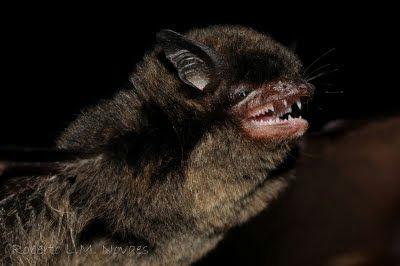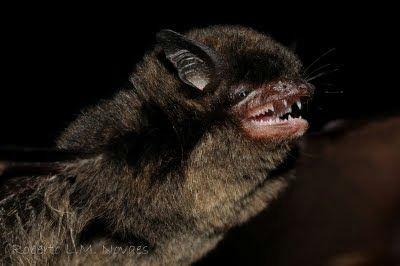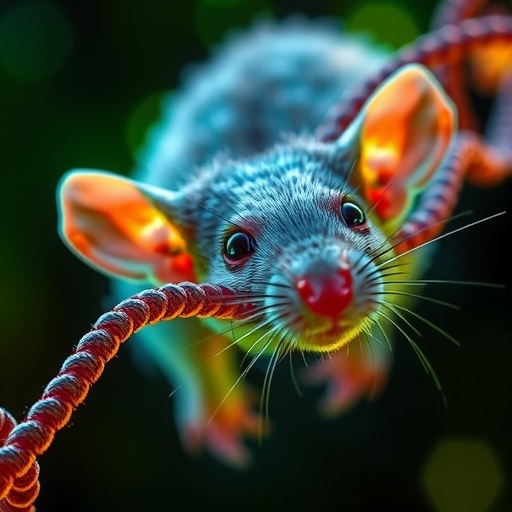
Out of more than 110 allegedly well-studied mouse-eared bat species, there turns out to be one that has been keeping its diet a mystery. Belonging to the largest group of bats, known to be feeding on insects exclusively, the widely common Black mouse-eared bat (Myotis nigricans) is found to also seek fruits. The Brazilian team of researchers, led by biologist Roberto Leonan Morim Novaes, Fiocruz, conducted their work in the Rio de Janeiro's reserve Reserva Ecologica de Guapiacu (REGUA), a 5,500 ha remnant of Atlantic Forest, and have their findings and discussion published in the open-access Biodiversity Data Journal.
The unexpected first documentation of fruit consumption in this group of bats happened when the researchers captured a number of bats with mist-nets and kept them alone in cotton bags for about thirty minutes before handling for identification and biometry. Thus, they managed to retrieve feces of the specimens, which showed to contain small seeds. Later, in an experiment, part of the seeds even grew into seedlings. As a result, the scientists report the first fruit consumption within the mouse-eared bat genus, called Myotis, as well as the whole subfamily Myotinae. Their finding might also mean that the examined species plays the ecological role of a seed disperser.
Although the finding is based on a single specimen of Black mouse-eared bat, the researchers reject the possibility of the cotton bags having been previously contaminated with feces of other animals. Dismissed is also the chance of the seeds having been consumed on accident while predation, since the Black mouse-eared bat hunts insects during flight.
Overall, bats are remarkable because of their varied eating habits. Commonly eating insects, there are predatory groups specialised in feeding on other invertebrates, terrestrial vertebrates, fishes or blood. Among the plant-eating, there are those specialised in fruits, flowers or leaves. A few are classified as omnivores and yet few, which are known to be using one category of food exclusively, on rare occasions include an untypical food item to compliment their diet. For example, a carnivorous bat may sporadically consume a plant and vice versa.
"The discovery of a well-studied species, previously considered strictly insectivorous, foraging on fruits shows how little we know about the biology and natural history of Neotropical bats," conclude the authors.
###
Original source:
Novaes R, Souza R, Ribeiro E, Siqueira A, Greco A, Moratelli R (2015) First evidence of frugivory in Myotis(Chiroptera, Vespertilionidae, Myotinae). Biodiversity Data Journal 3: e6841. doi: 10.3897/BDJ.3.e6841





